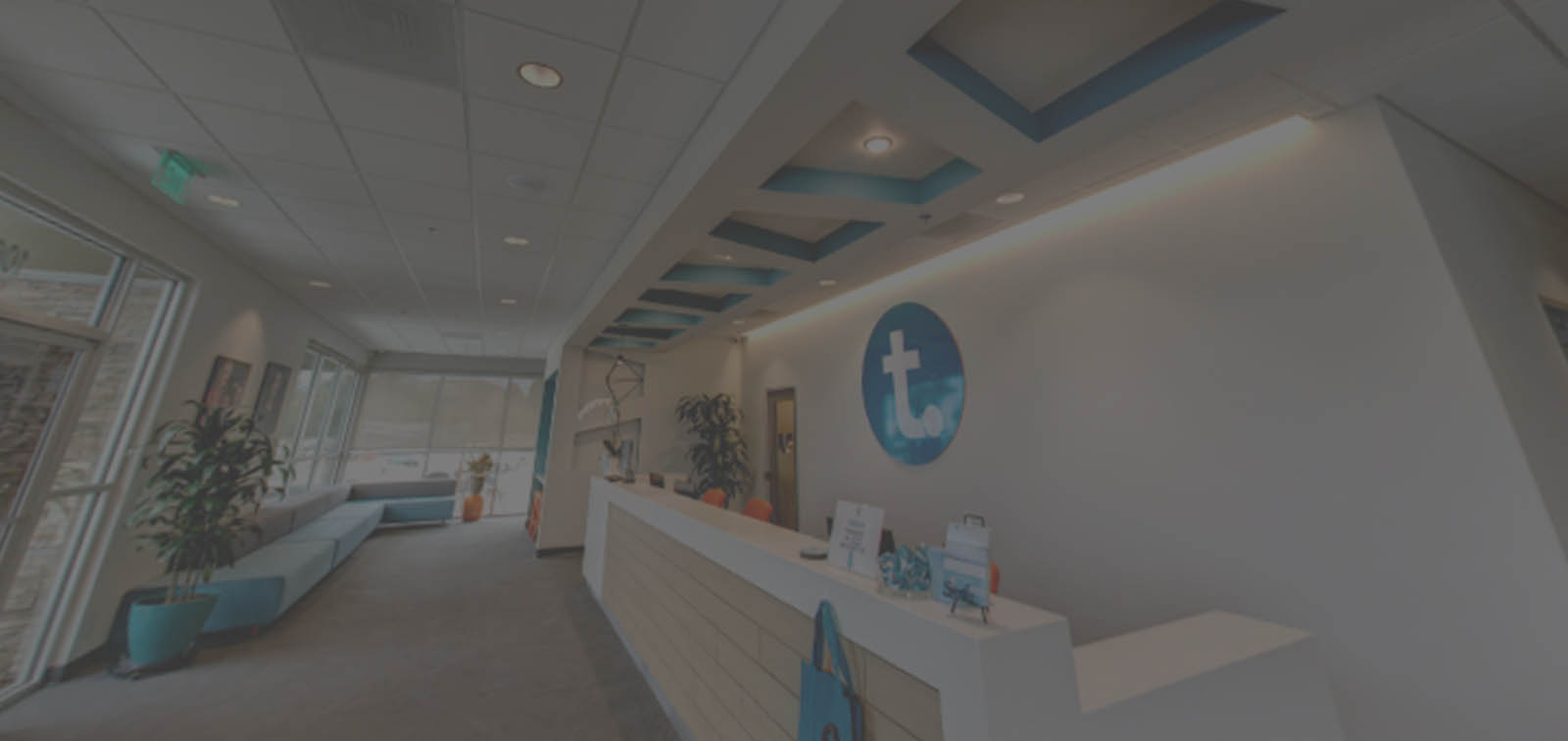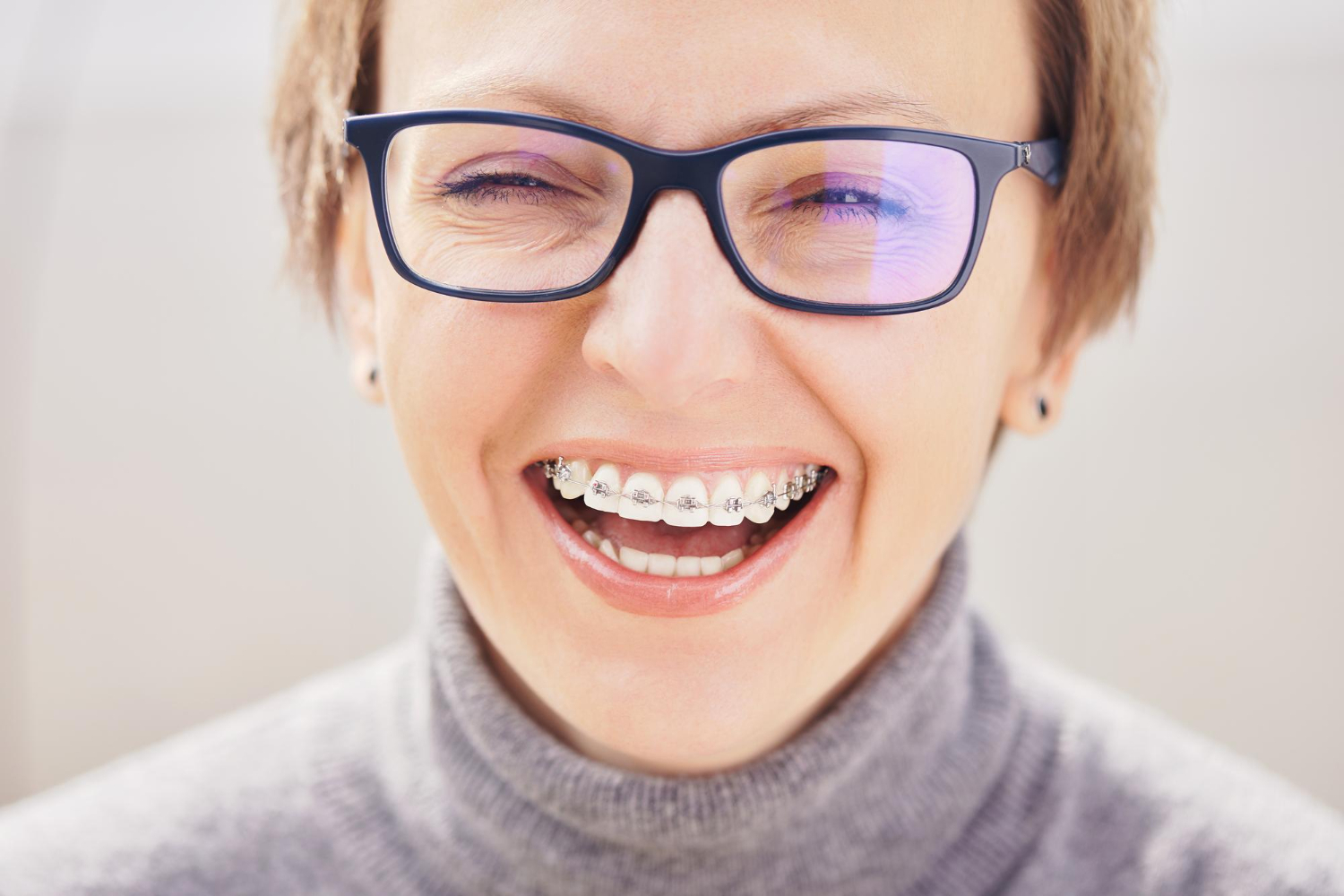Are you undergoing orthodontic treatment with braces? You may have heard the term bite blocks. These little aids play an essential role since they serve to keep the top and lower teeth from contacting while biting down. So, they protect the metal brackets while facilitating a more effortless yet effective treatment procedure.
But what is a bite block, and why do you need them? This blog post dives into the world of bite blocks, exploring their benefits and answering some frequently asked questions. So, let’s get started!
What is a Bite Block?
Bite blocks, also known as bite turbo or bite ramps, are small appliances used in orthodontic treatment to help align teeth, correct overbites and prevent tooth damage. They are typically made of acrylic and are either removable or fixed onto your braces.
What are the Top 3 Reasons You Need a Bite Block for Braces?
Bite Block is the ultimate solution to make your braces journey a breeze. Here are the top 3 reasons why you absolutely need them!
-
Teeth Alignment
One of the primary reasons for using turbo is to align teeth correctly. They are carefully placed to let your orthodontist make the required changes to achieve the perfect bite and alignment.
-
Overbites
Turbo is very beneficial in treating overbites, which occur when the upper teeth overlap the lower teeth excessively. Your orthodontist can use bite blocks to assist with adequate jaw alignment. It corrects the overbite and helps in achieving a more harmonic bite.
-
Tooth Damage Prevention
When teeth are misaligned, severe grinding or clenching can occur. It may result in tooth damage and even fractures. Bite ramps operate as a barrier, keeping the upper and lower teeth from coming into direct contact. This reduces the chance of injury and protects your dental health.
What are the 2 Types of Bite Blocks?
When it comes to bite blocks, there are two main options to choose from: removable and fixed. Let’s dive in and explore each type in more detail.
- Removable Bite Blocks
Removable blocks are easy to take out and replace. They are typically worn for a set amount of time each day, as determined by your orthodontist. They provide flexibility and convenience by allowing you to remove them during meals or when participating in activities that may cause discomfort. - Fixed Bite Blocks
As the name implies, fixed blocks are permanently affixed to your braces during your orthodontic treatment. They are permanently attached to specific teeth, generally molars, and cannot be removed by the patient. Fixed bite blocks provide constant support and are excellent for more severe bite correction instances.
How Long Should You Wear a Bite Block?
The time of wearing bite ramps varies per patient and is determined by the unique treatment plan. Your orthodontist only has the authority to tell you exactly how long you should wear them each day and for how many months. To get the most excellent results, make sure you carefully follow these directions.
Are There Any Negative Consequences to Wearing Bite Blocks?
Bite blocks are undoubtedly beneficial for braces. However, like any other orthodontic treatment, it may have certain adverse effects. You may suffer brief discomfort, soreness, or trouble speaking at first. These side effects are generally modest and fade as you grow acclimated to wearing the bite blocks.
But it’s crucial to remember if you have chronic pain or other troubling symptoms for an extended time, you should see your orthodontist right away.
To summarize, bite blocks are valuable temporary devices that assist in straightening your jaw and teeth while wearing braces. They do this by gently separating your upper and lower teeth, which not only improves bite alignment but also expedites the treatment procedure.
Understandably, biting turbos can be a little unpleasant, but they shouldn’t hurt. However, you may have difficulty chewing meals and speaking at first. Also, remember to contact your orthodontist for guidance and a replacement if your bite block becomes damaged or falls off.
Frequently Asked Questions
-
Are you able to swallow a bite block? So, what happens?
Because of its size, swallowing a bite block is quite rare. If this occurs, the bite block will usually travel through your digestive system without causing any harm.
-
How are blocks cleaned?
Clean detachable biting blocks using a toothbrush and non-abrasive toothpaste to eliminate any residue. Don’t forget to rinse vigorously afterward. Fixed bite blocks may be cleaned as part of your regular brushing regimen.
-
Are blocks painful?
Bite blocks may cause discomfort or irritation at first as you acclimatize to wearing them. This soreness, however, is just transitory and will fade with time.
-
How do you consume food with bite blocks?
Removable blocks allow you to eat comfortably throughout meals. It is suggested that with fixed bite blocks, you must avoid hard, sticky, or chewy foods that may harm the biting blocks or braces.
-
How do you wash your teeth while wearing blocks?
Brush your teeth regularly. Be sure to use a soft-bristled toothbrush to clean around the bite blocks and braces. Maintaining proper dental hygiene is very important during orthodontic treatment.
-
What if a bite block is broken or falls off?
If a detachable bite block becomes broken or falls out, call your orthodontist. Avoid attempting to repair it yourself or continue treatment without expert supervision.
-
How do bite blocks get removed?
Your orthodontist can remove fixed bite blocks only once they have served their role in your treatment plan. Based on your progress and treatment goals, they will identify the best timing for the removal of the blocks. It is supposed to be done gently.

Dr. Brian Thurman has spent his entire life enjoying all the beauty that California has to offer. A Fresno native, he still escapes to the ocean or the mountains whenever his busy schedule allows. Driven by his love for natural beauty, Dr. Thurman enjoys creating beautiful smiles and healthy bites that last a lifetime. He is proud to be the only Ivy League trained Orthodontist in the Fresno/Clovis area.

